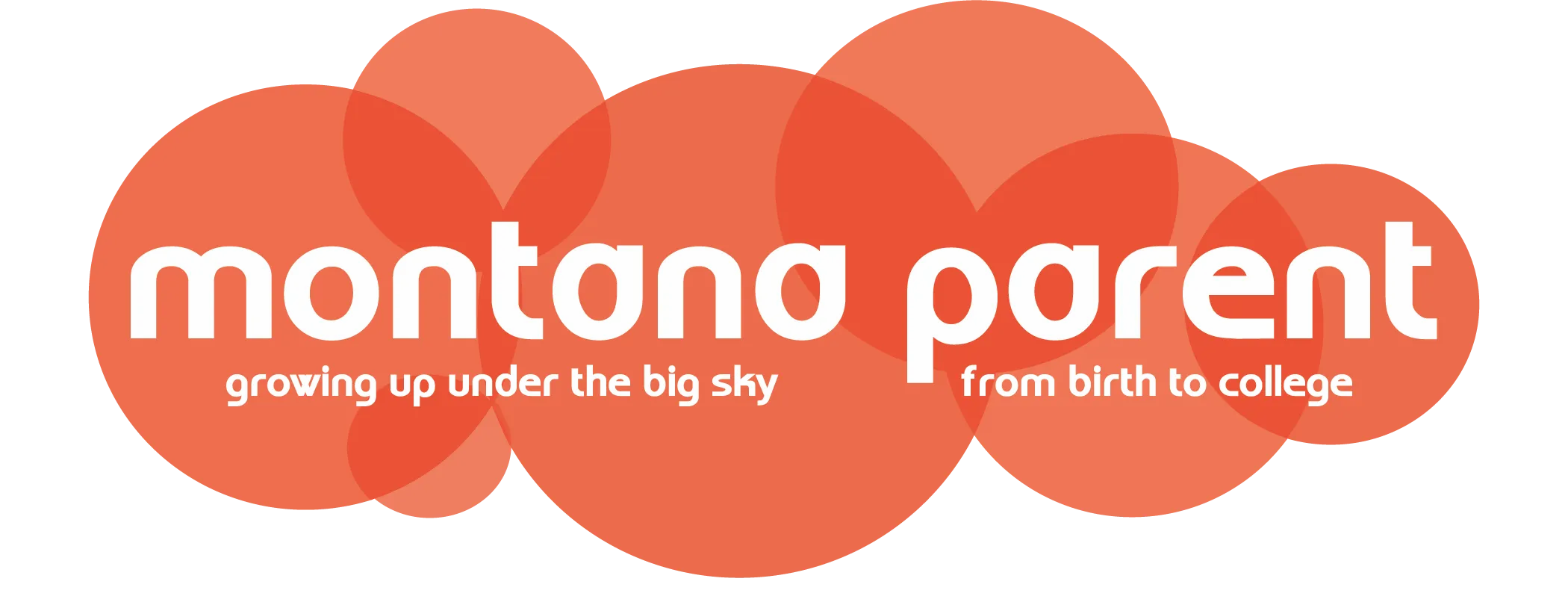Are All Your Barbies Blonde?
March 01, 2017
Posted By: Shaunescy
Written by Jai Anderson
Current events in our country make it clear that the topic of race stirs up a lot of thought and emotion. Do you ever wonder what you can do to help tackle such enormous challenges? The words of Sydney Smith remind us, “It is the greatest of all mistakes to do nothing because you can only do little. Do what you can.” As parents, we have a unique opportunity to help our children begin to develop positive views of their own racial identity and that of others, and so bring about change in our world.
The home is a child’s first classroom. Whether intentionally or not, we model behaviors and attitudes to which our children are closely attuned. Silence does not help children grow up to be unprejudiced. As parents we can provide a safe and supportive environment where questions are welcomed, and grappling with difficult issues is valued.
One of the earliest advances in a child’s cognitive development is their ability to distinguish self from other. We see this is in children’s observation of similarities and differences between themselves and those who inhabit their world. My skin is brown and yours is pink. My dad is tall and I am short. As early as 6 months old, babies can begin to notice the difference in skin colors. Learning to put objects and people in groups is a part of healthy development. Encourage your child’s curiosity, validate their observations and help them assign positive value to this diversity among people.
Gather books with diverse characters to share with your child. Seeing and reading about those who may have different skin color, hair, dress and language opens up your child’s view of the world. As you play together you will have a view into their understanding of how people and relationships work. Having toys that represent an array of people is another way to open up conversation about race with our children. In a recent workshop on “How to Talk to Kids About Race,” put on by the Montana Racial Equity Project, one woman pointed out how meaningful it had been for her to have a black baby doll as a child, when she was learning to take on caring and nurturing roles.
Not only can we provide the context for learning positive associations regarding race, we can also be alert to opportunities to redirect children’s understanding as they are exposed to negative racial stereotypes. These may show up in cartoons, interactions between adults, books or on the playground. The key is to help your child identify the harm that comes from racism and to foster genuine empathy. Consider, as one local mom did, having friends over to discuss race and its impact in our own lives, in the world and in our children.
Let’s both guide and join our children as they grow in their understanding of race. This is action we can take to help bring about the world we long to see.
Jai Anderson is a Parent Educator at Thrive, a nonprofit that provides mentoring, education and support for kids and families. For more information about Thrive, please visit allthrive.org .














